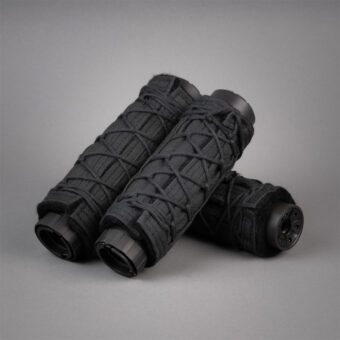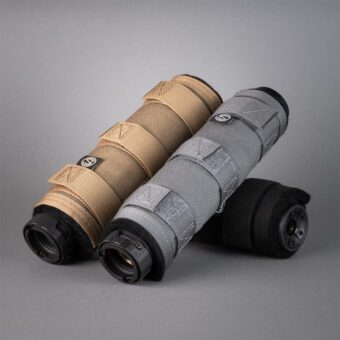Home / Silencer & Gun News / Tank Silencer: the Can We Wish Was Really a Thing
Tank Silencer: the Can We Wish Was Really a Thing
Home / Silencer & Gun News / Tank Silencer: the Can We Wish Was Really a Thing
Peter Suciu
Over the past decade, photos have circulated online that show what has been described as the “world’s largest gun
suppressor,” and according to some sources the massive device was described as a “tank silencer.”
Such a device would be undeniably badass, and one we think would be something like a ginormous Omega 36M (albeit one as big around as a whiskey barrel). Such a can would be an excellent upgrade to the TUSK system and, much like suppressors on the line or in a shoothouse, most welcome to any infantrymen nearby.
Unfortunately, there’s no such thing, and though the fact-checking website Snopes.com and other outlets set the record straight some time ago, it somehow manages to maintain a recurring social media presence.
So what is a “tank silencer,” and were there ever plans for one? Let’s see about setting the record straight.
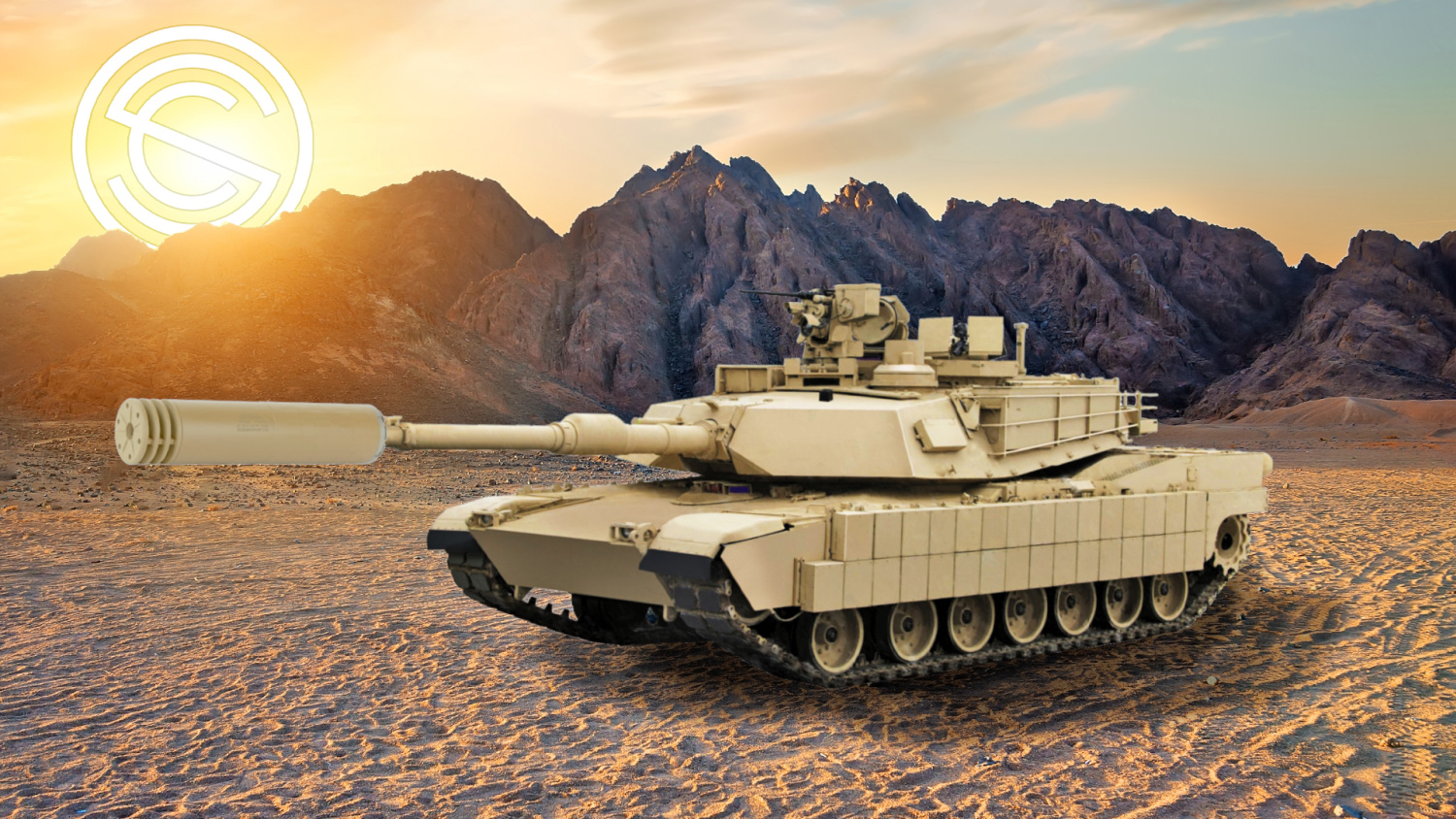
First, those photos weren’t the result of someone’s insane Photoshop skills, and the oversized suppressor is very much real. It was developed by German defense contractor Rheinmetall AG in coordination with acoustic engineering laboratory IfL to reduce the noise level at a weapons research facility.
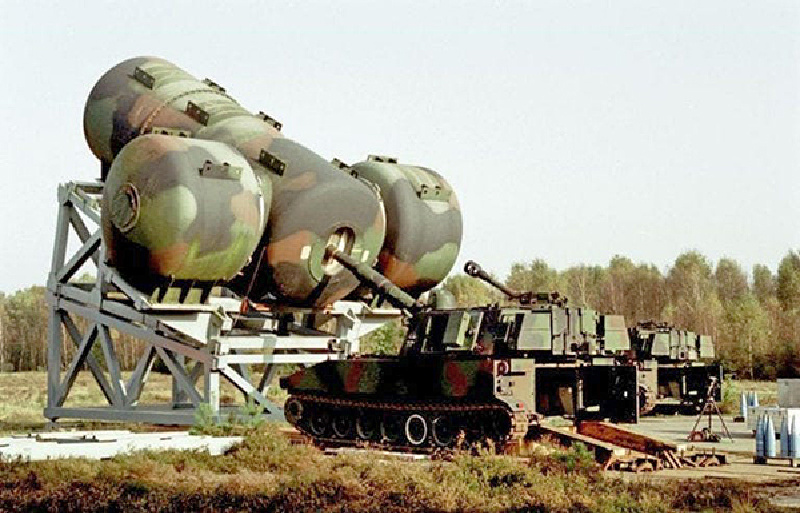
Second, the suppressor wasn’t designed for tanks. The photo actually shows the suppressor attached to the muzzle of a self-propelled artillery piece – not an actual tank – and was mounted on a specially designed self-propelled artillery chassis. Still, it is easy to see how the uninformed might assume the M109G 155mm self-propelled Howitzer was actually a tank.
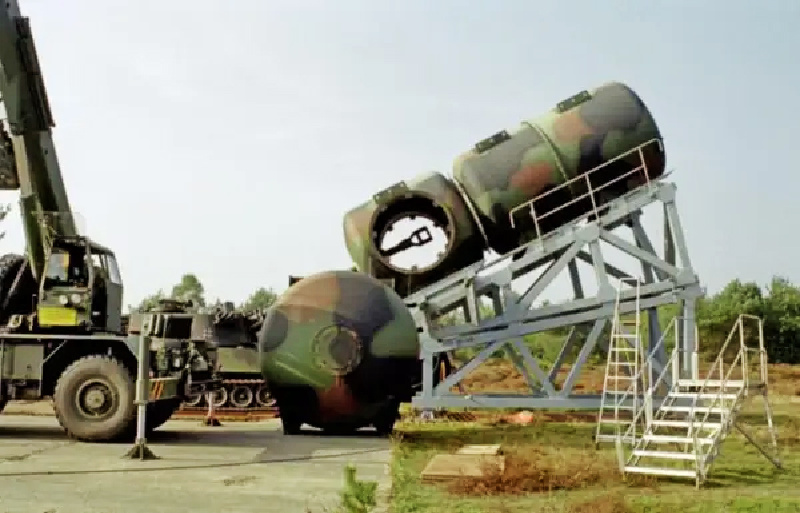
The size of the German Howitzer suppressor was so big that it does look somewhat fantastical. However, it was a static device, and would be impossible to move on the battlefield. It was actually developed not to conceal the location of the gun from an enemy, but rather to keep the noise down during training.
Firing ranges can be loud places, and there have been complaints across the United States from excessive noise from weapons testing.
Big Guns – Big Noise
The blast from a 155mm Howitzer is actually significantly louder than a carrier’s engines, and several studies have been conducted, including one for the Norwegian military titled, “Noise emission data for the M109, 155 mm field howitzer.” The gun was noted to be “one of the noisiest weapons in the Norwegian defence, and as such represents a limiting factor for activity at firing ranges and training fields.”
A modern freight train is about 80 decibels (dB), a jet engine is about 100 dB and with afterburners at takeoff is 130 dB. By comparison a 155mm artillery blast is 180 dB, and experts have warned that getting caught outside near the tube will rupture a human’s eardrums. The CDC (Centers for Disease Control) has warned that prolonged exposure to noise above 70 dB can cause damage to hearing, and loud noise above 120 dB can cause immediate harm to one’s ears.
Thus it is easy to see why Rheinmetall sought to develop a suppressor for test firing of the 155mm Howitzer. As with suppressors for most firearms, the “muffler” – as it was reportedly called – works by expanding the propellant gases into a tank or tube, where it is stored until the pressure is low enough that it can leave in steady subsonic flow into the surrounding air.
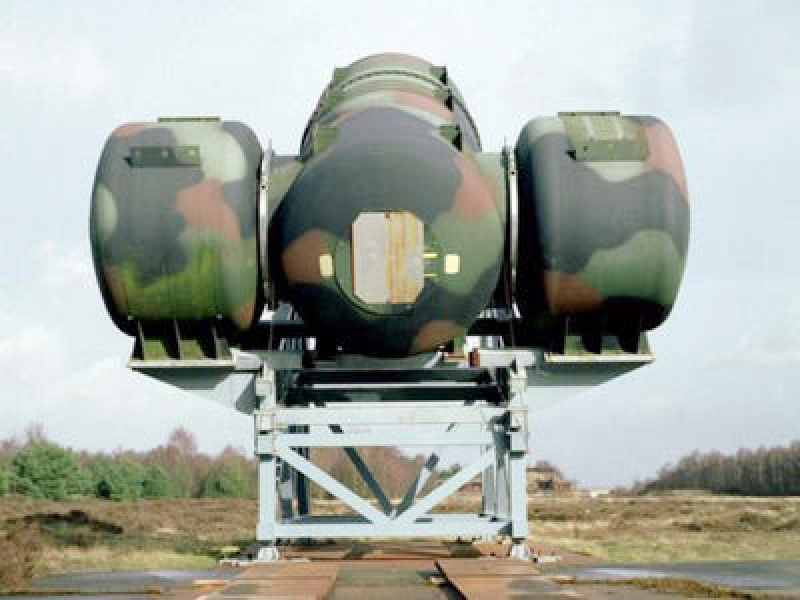
In the case of the device used by the German military, it was able to reduce the noise level on the 120mm main gun of the Leopard 2 tank from 115 dB to around 100 dB, while the noise reduction was greatest at lower frequencies. The U.S. military also uses its own muffler-type devices for the 105mm and 120mm guns that are tested at the Aberdeen Proving Grounds. It was developed as residents across the Chesapeake Bay were experiencing louder noise than other communities because the noise from the artillery blast is highly directional.
And as with firearms suppressors, these devices don’t technically “silence” the guns from the large bore artillery, but bring it down by as much as 20 dBs – enough difference to ensure those on the firing range don’t risk hearing loss.
It is true that there have been cases where those downrange from large field guns didn’t hear the firing of the guns. That was most notable during the First World War, when Germany’s “Paris Guns” – which were essentially super-heavy artillery pieces – were used to bomb Paris in the final year of the war. When the shells landed, Parisians believed they were bombed from a high-altitude Zeppelin, but the reason was one of distance and not efforts to silence the guns. The blasts were reportedly so loud near the guns that they could be heard for miles. Just as the residents of Paris were confused, so too were the French soldiers near the front lines who expected shells to rain down on them.
As today’s modern artillery can hit targets at extreme distances, there is simply no reason to silence them except to protect the hearing of the gun crews.
However during peace time noise remains a problem with military equipment, and it isn’t just the sound of guns. Last year residents who lived near Portsmouth Naval Base in the UK complained not about the jets taking off the from the country’s new aircraft carrier the HMS Prince of Wales, but rather from the engines the ship left running. The ship was unable to hook up to the local power grid and had to run its engines round the clock during a maintenance period last summer.
A Tank Silencer?
Of course, the development of such a suppressor for the 155mm Howitzer has raised the question as to whether it would even be possible to develop such a weapon—not for use on test ranges, but for combat vehicles. In other words, is a “tank silencer” even possible?
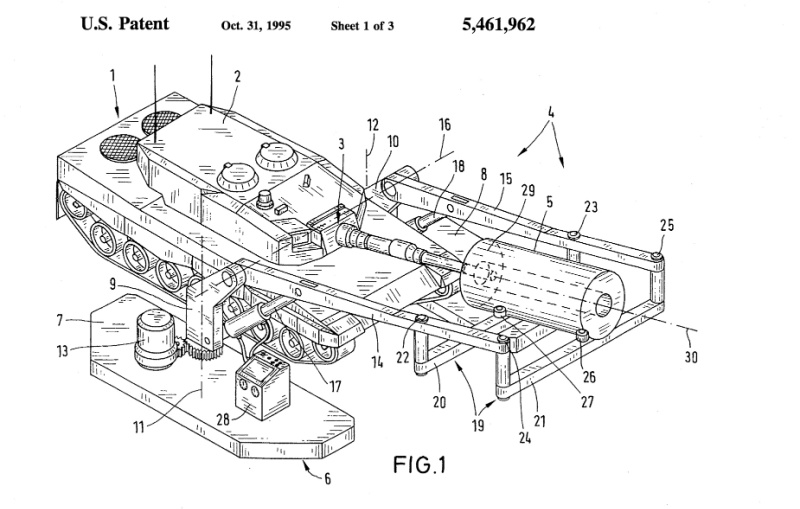
Perhaps if John Wick drives one in a future movie it might not feel like such a noise-reducing device, but in the real world a tank silencer is as unlikely to be developed as a tank fitted with cloaking device.
That is because there is the same problem as modern suppressors; they actually don’t exist, as least not in the way the movies suggest. Unless someone is using subsonic ammunition and has a very specialize suppressor, the result is nothing like you’d see in a movie where there is a nearly inaudible popping sound. Even in the best of cases the sound is significant enough to be noticed and today even the best suppressors only reduce the dBs to a safer noise level, they don’t actually silence the gun.
This is as true when it comes to a .22lr plinker as it is to the cannon of a Main Battle Tank.
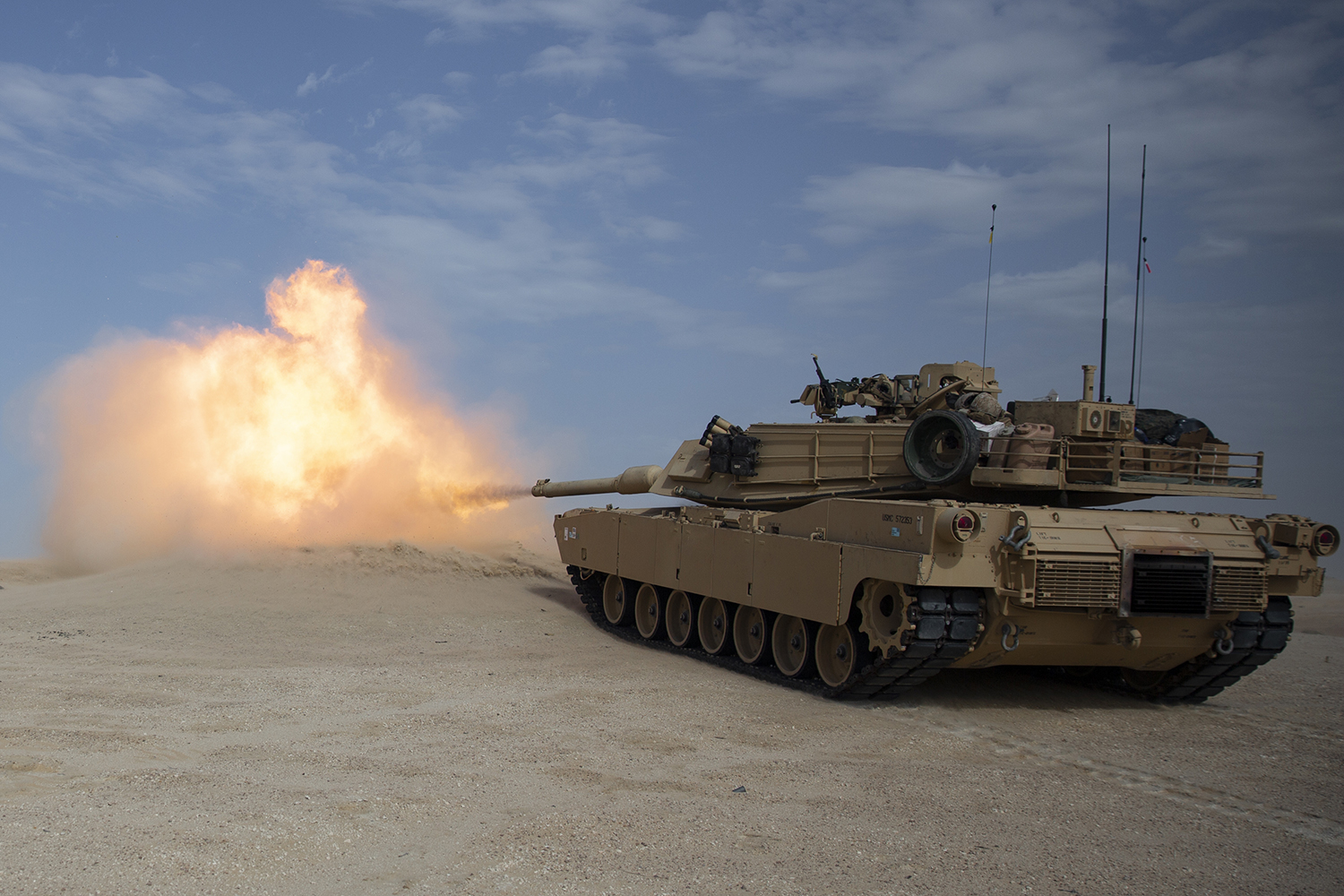
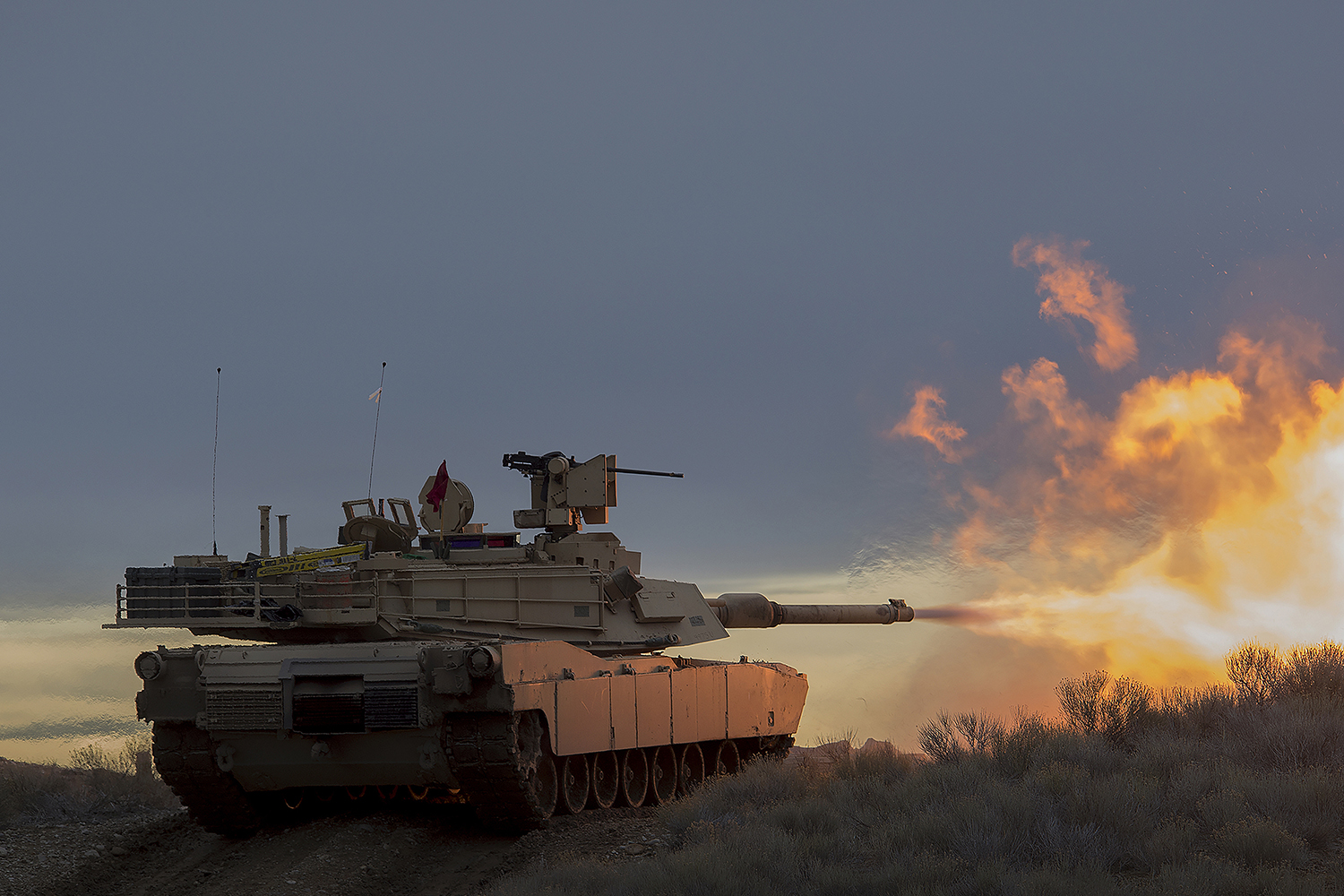
In the case of a tank, the problems are even greater.
Factor in the size of a round from a tank’s main gun, and the suppressor would have to be massive. While Snopes.com reported that the U.S. Army did develop tank muffler in the 1960s, it was also for use on the testing grounds not the battlefield. As photos suggest, it would take a separate vehicle to move a tank suppressor and that’s not practical by any means.
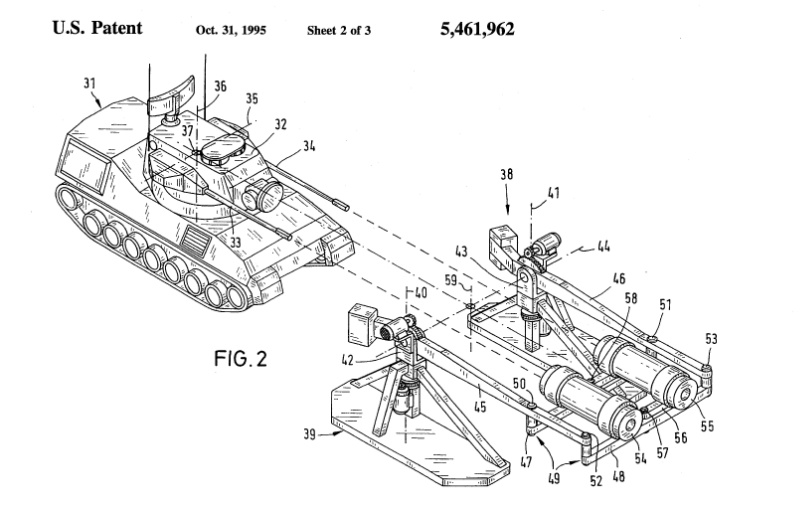
The other problem is that tanks are loud vehicles – not as loud as the earliest tanks that were developed during the First World War, which were so loud that crews couldn’t hear one another while inside the steel beasts – but still significantly louder than the average heavy truck of today. Even if its gun could be silenced, the enemy will hear the tank coming from upwards of a mile away on a quiet day.
That isn’t to say that there haven’t been efforts to address the power of the blast. Many tanks have been developed with a muzzle brake, but it wasn’t to lower the volume.
“A muzzle brake lowers the recoil, but not the noise,” explained John Adams-Graf, editor of Military Vehicles magazine.
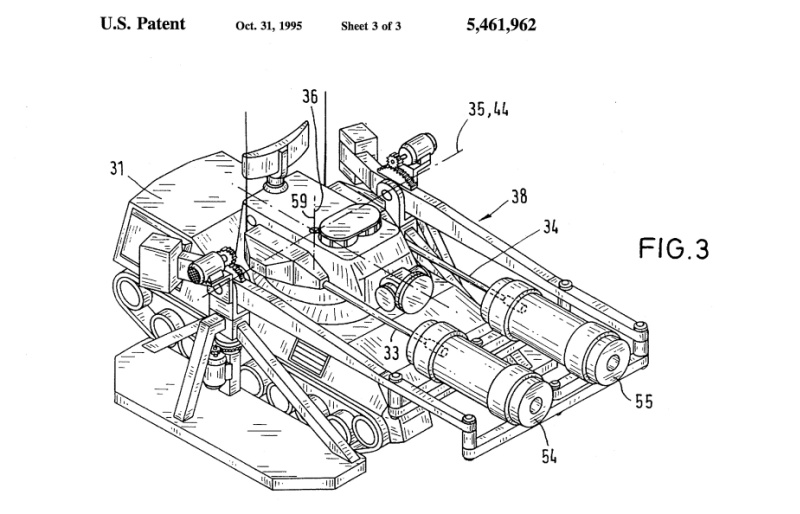
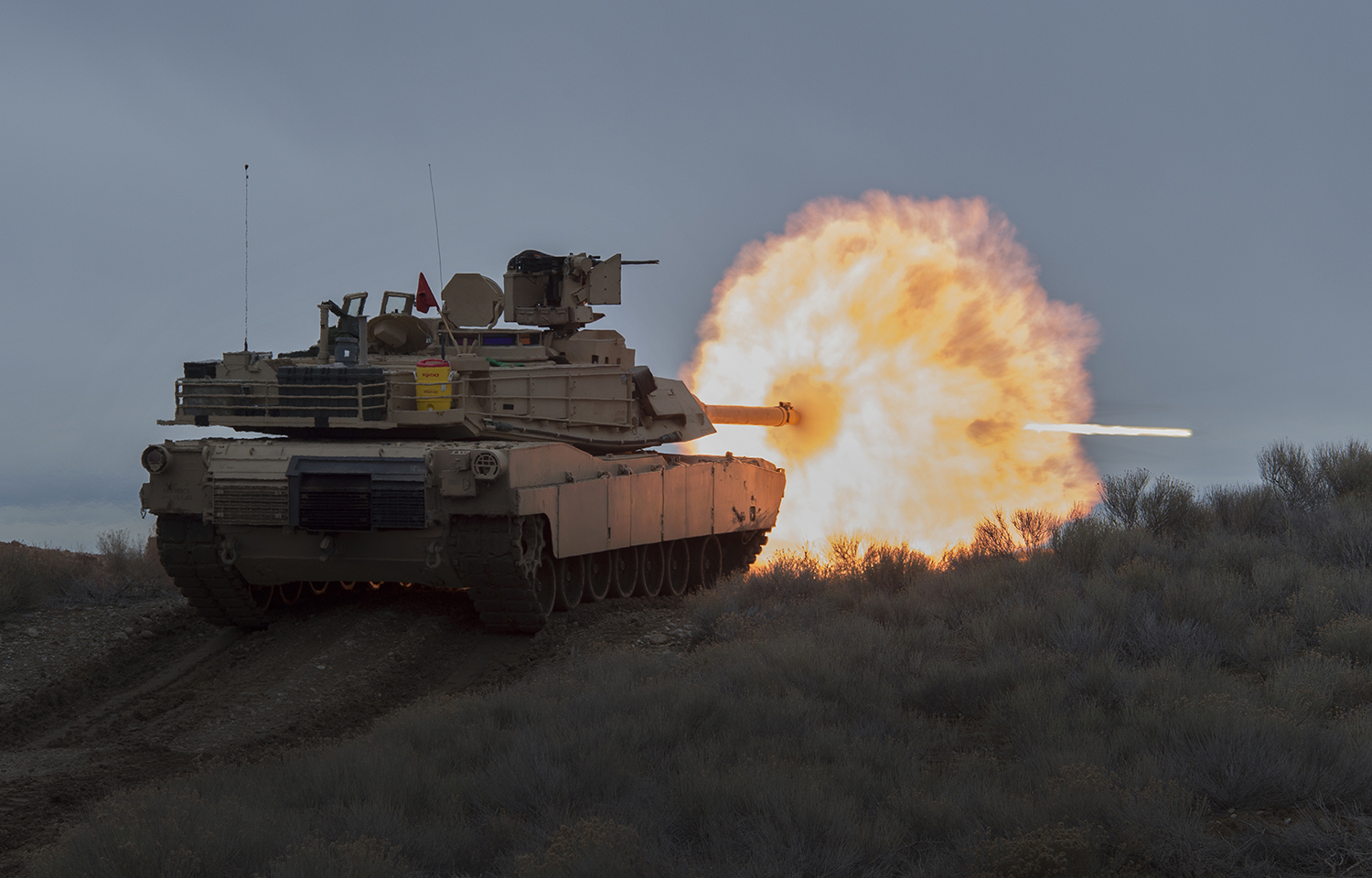
“Most modern main battle tanks are not fitted with muzzle brakes because the majority of them use APFSDS (armour-piercing fin-stabilized discarding sabot) as a main round for their gun,” Adams-Graf told us via an email. “APFSDS is a kinetic energy penetrator made from dense materials – like tungsten and uranium – in a sub-caliber arrow. They focus the kinetic energy to penetrate armor. They are shaped like small arrows to minimize friction in air. To hold them in the barrel and benefit from the rifling, they are with a “sabot.” The sabot breaks up after the round has left the barrel. A muzzle brake would interfere with the sabot.”
Just as muzzle brake would cause problems with a sabot, so too would a suppressor. But even if that part of the equation were solved, there are other factors to consider.
“When the main gun fitted with a muzzle brake fires, there is a lot of smoke visible as the air is pushed through the slots in muzzle brake,” added Adams-Graf. “The arm that is pushed through will then also kick up a lot of dust and ground debris, if present; thereby making the tank easier to detect.”
→ You might also like: Understanding Subsonic vs Supersonic Ammunition
• Subscribe to the SiCo YouTube Channel online for more.
• Follow SilencerCo on Instagram.






